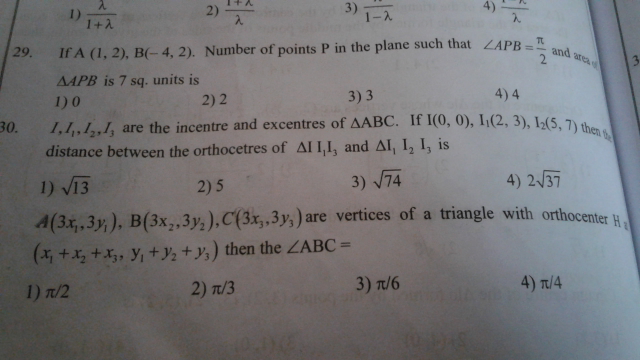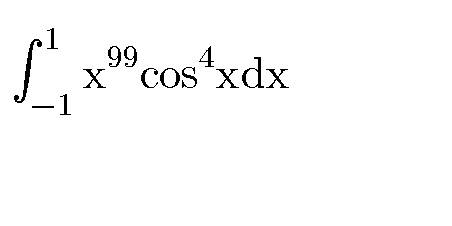
AllQuestion and Answers: Page 1769
Question Number 32418 Answers: 0 Comments: 1
Question Number 32409 Answers: 1 Comments: 0

Question Number 32407 Answers: 0 Comments: 1
Question Number 32402 Answers: 0 Comments: 1
Question Number 32401 Answers: 0 Comments: 0

Question Number 32399 Answers: 0 Comments: 0

Question Number 32396 Answers: 1 Comments: 0
$${roots} \\ $$$$\mathrm{2}{x}×\boldsymbol{{x}}+\boldsymbol{{x}}+\mathrm{3} \\ $$
Question Number 32395 Answers: 0 Comments: 1
Question Number 32382 Answers: 2 Comments: 2
Question Number 32380 Answers: 1 Comments: 2

Question Number 32379 Answers: 1 Comments: 0

Question Number 32376 Answers: 4 Comments: 1

Question Number 32369 Answers: 0 Comments: 0
Question Number 32367 Answers: 0 Comments: 0
Question Number 32365 Answers: 0 Comments: 3
Question Number 32364 Answers: 0 Comments: 1
Question Number 32363 Answers: 0 Comments: 1
Question Number 32362 Answers: 1 Comments: 0
Question Number 32361 Answers: 0 Comments: 1
Question Number 32360 Answers: 0 Comments: 1
Question Number 32359 Answers: 0 Comments: 1
Question Number 32357 Answers: 1 Comments: 0
Question Number 32354 Answers: 0 Comments: 1
Question Number 32353 Answers: 1 Comments: 0
Question Number 32352 Answers: 1 Comments: 2
Question Number 32351 Answers: 1 Comments: 0
Pg 1764 Pg 1765 Pg 1766 Pg 1767 Pg 1768 Pg 1769 Pg 1770 Pg 1771 Pg 1772 Pg 1773
